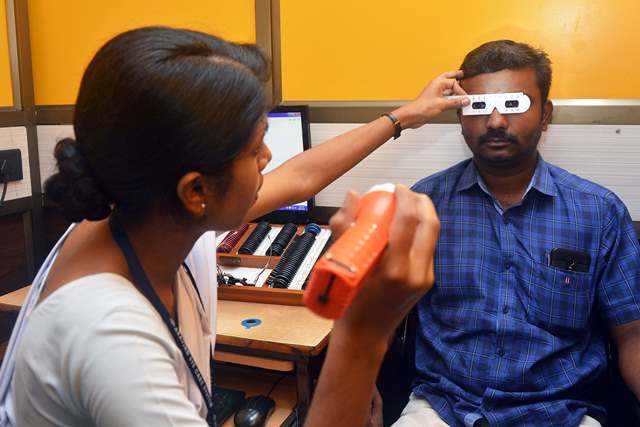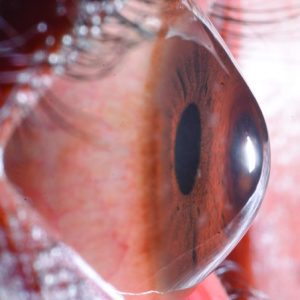About Keratoconus:
Keratoconus is when the surface of the eye bulges out in a cone shape. This happens when the front layer of the eye (the cornea) starts to thin. At first, the bulge may be mild but the condition can get worse over time. It normally affects both eyes
Causes:
The cause of keratoconus is not known.
Risk Factors:
- Family history of keratoconus
- Rubbing your eyes
- Conditions like retinitis pigmentosa, Down syndrome, hay fever, and asthma
Keratoconus affects about 1 in every 2000 Indians. It is most common in teenagers and young adults in their mid-teens and 20s.





